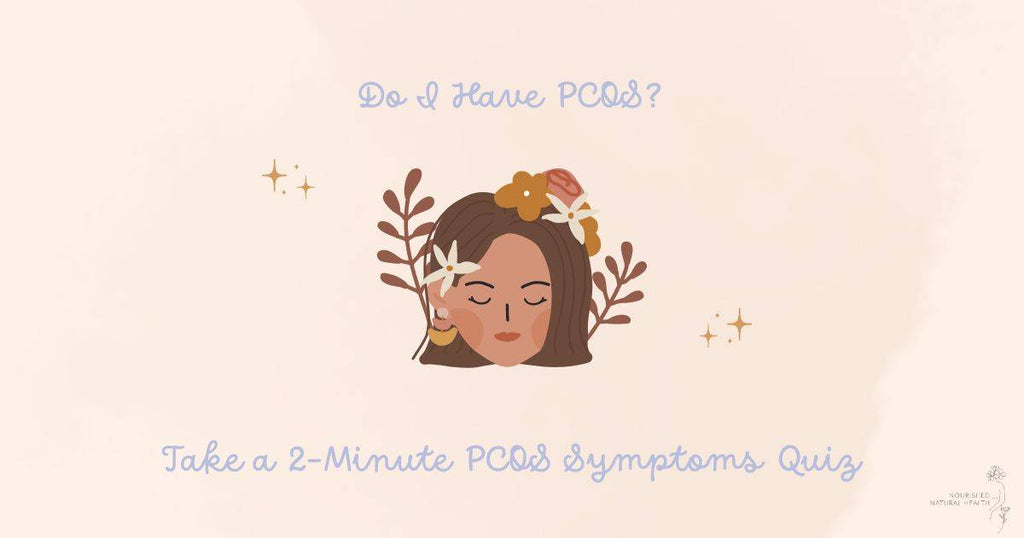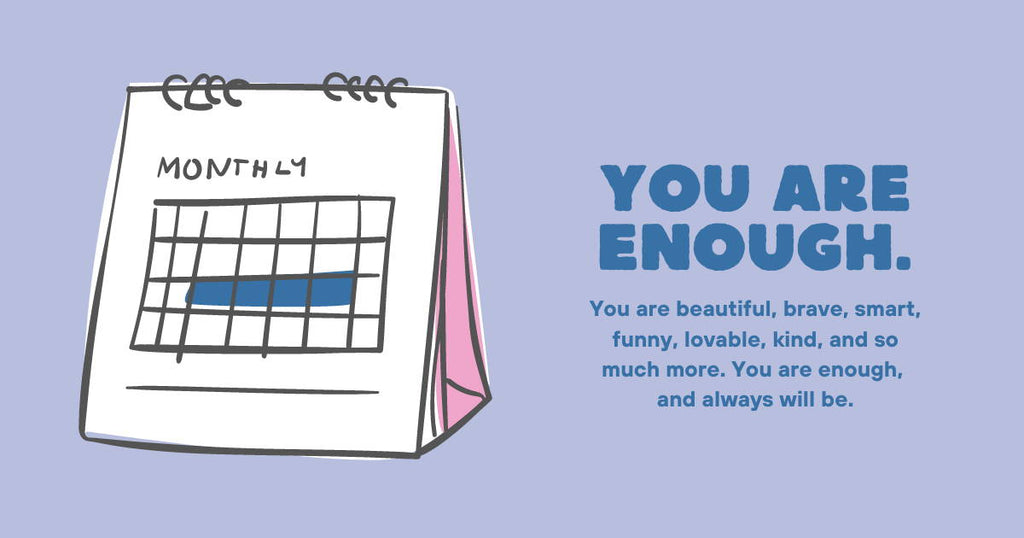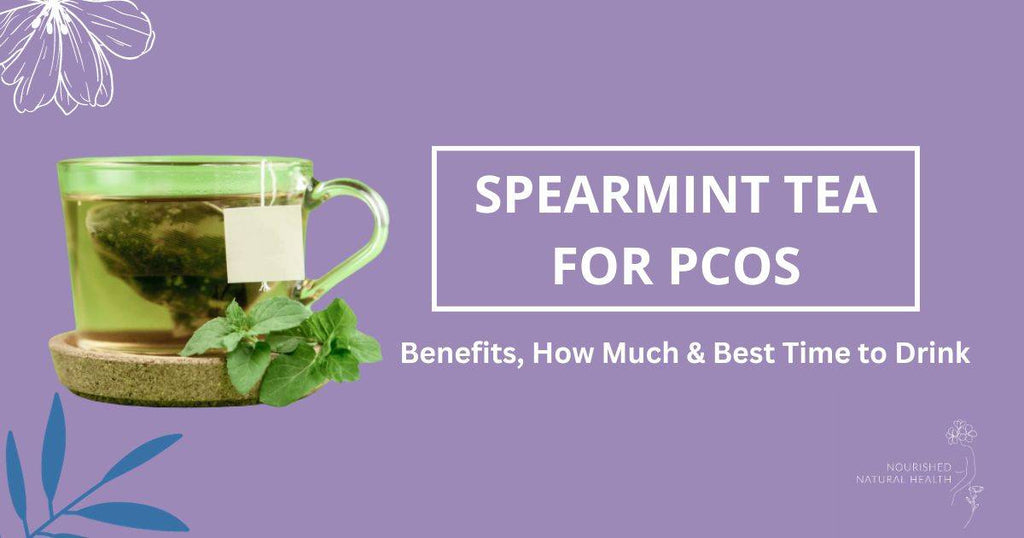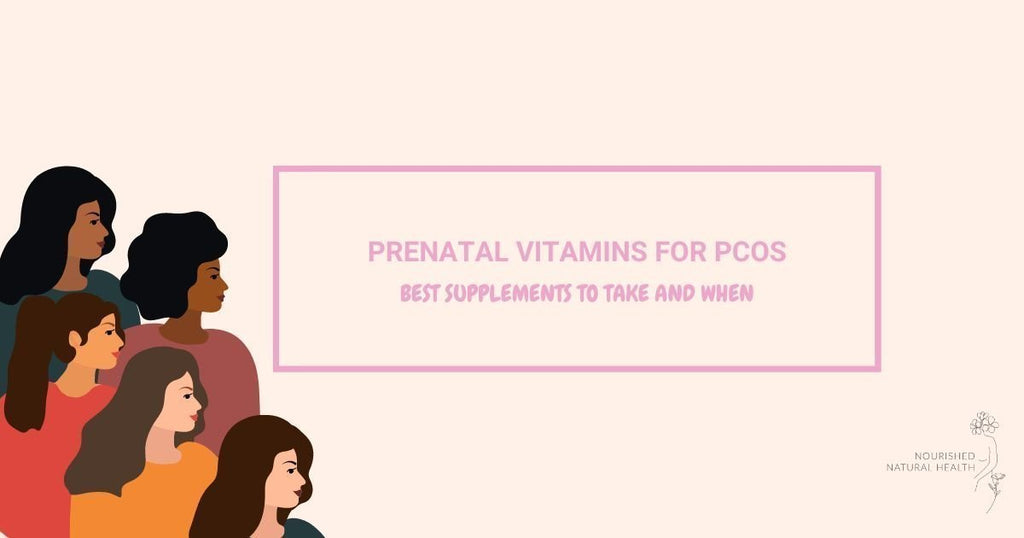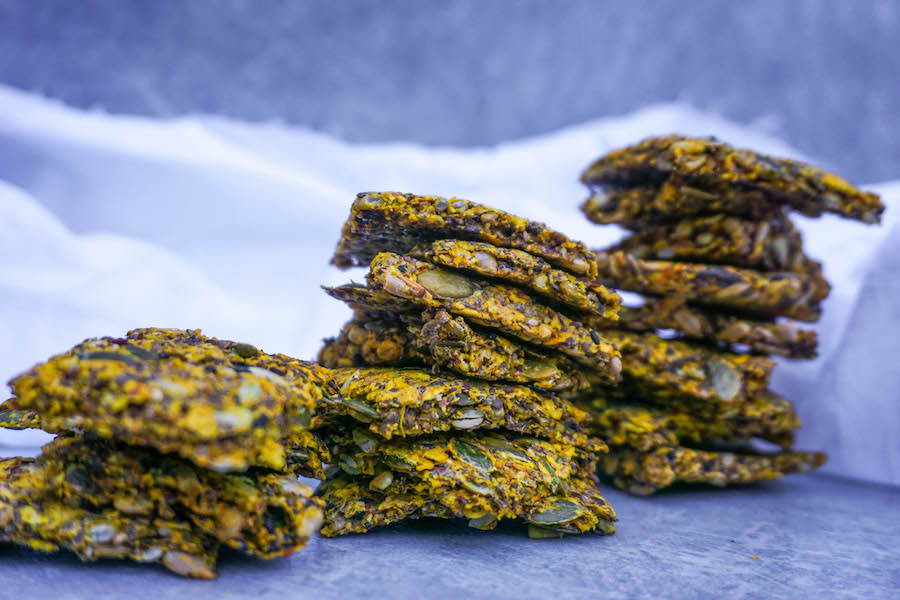Since we only have our own period to compare to, it can be hard to know whether what we experience is ‘normal’.
Let’s run through some normal cycle parameters so that you can determine where you fall:
The length of your period refers to the number of days from the first day of your bleed to the last day before your next bleed.
A healthy range for your cycle length is anywhere between 21 and 35 days, with the average being around 29 days.
Many of my clients tell me their period is always “late” because it comes on day 30 (or 32). This is a huge misconception: that if your period isn’t 28 days, you aren’t normal. If your period consistently arrives around the same day of your cycle, and it falls within the healthy range of 21 to 35 days, this is your normal, healthy cycle length.
Whether or not you fit this textbook 28 day cycle (which only 14% of the population actually have - think about that for a minute), the most important factor to consider is whether your ‘normal’ has changed or not.
Our menstrual cycles are very responsive to stress in our lives and demonstrate this most clearly in the length of our cycles.
Stress is not always psychological (like being under the pump at work), but may be physical (e.g. under-eating, over-exercising, not sleeping enough or being low in certain nutrients).
When we are more stressed, our body does not deem our environment to be a safe place to bring a baby in to the world, and can shut down ovulation all together, or delay it until it deems we are safe.
The end result of this change in ovulation is a missing period altogether, or longer cycles than your normal.
Think this might explain your menstrual cycle problems?
Read on for how to address the impact of stress on your cycle.




